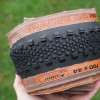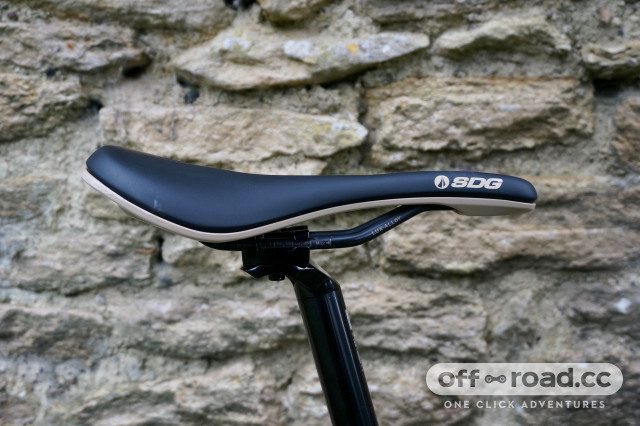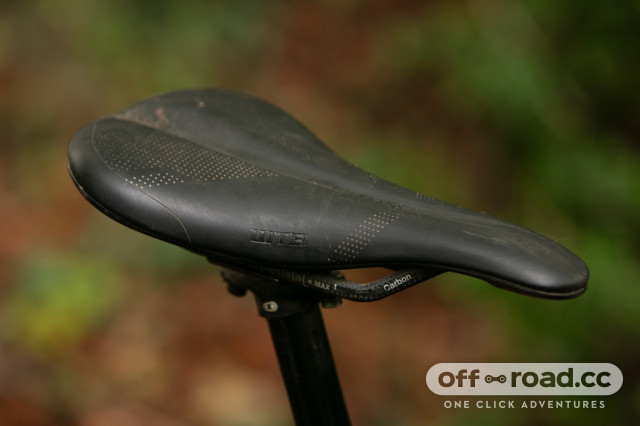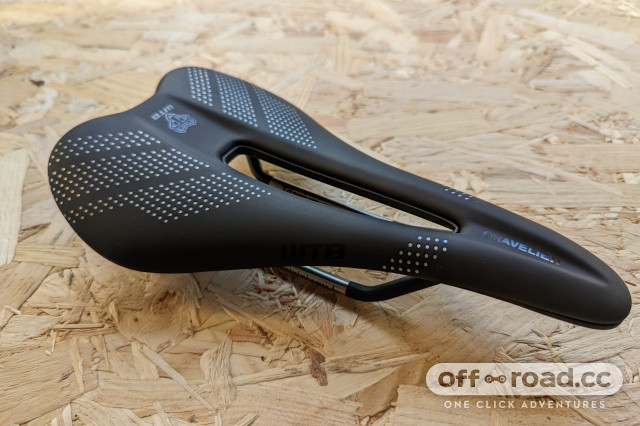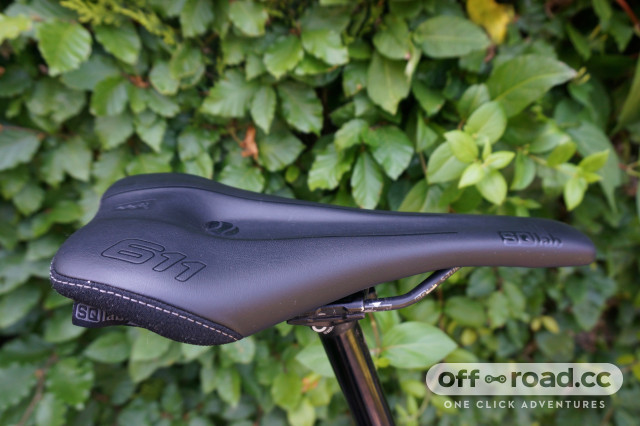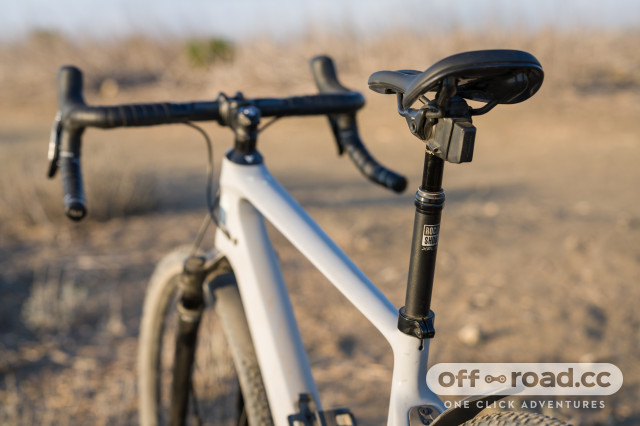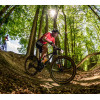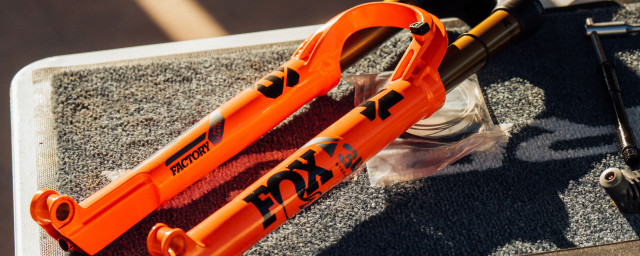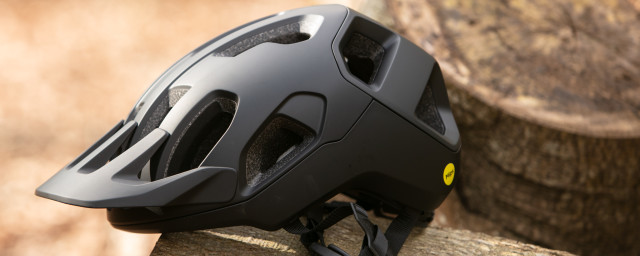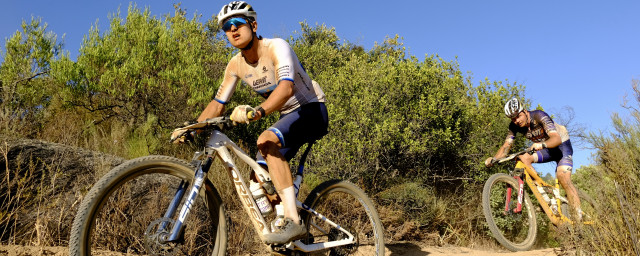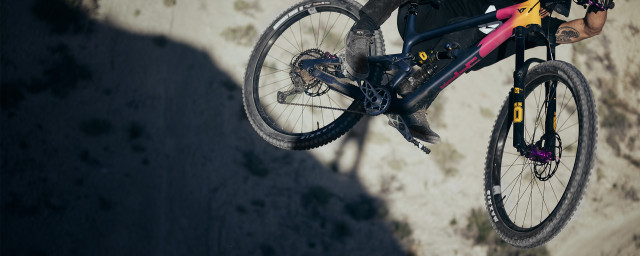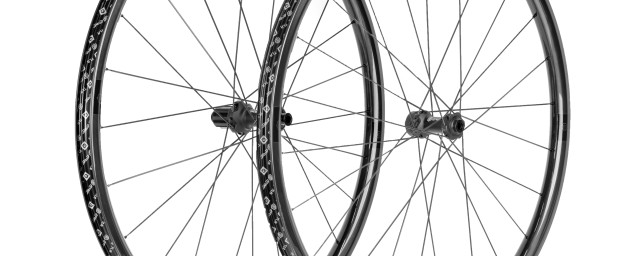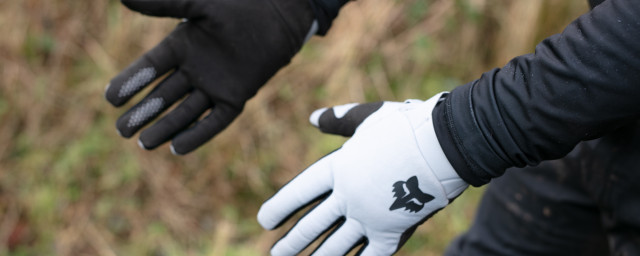As gravel cycling and gravel racing have increased in popularity and credibility, so needs discipline-specific components – and one of the most important components is that of the saddle. As one of the three touchpoints a rider has with the bike, a saddle can make or break your ride.
Finding the correct saddle comprises many attributes including the riding you enjoy, which is why certain road and mountain bike saddles won’t fit the bill. This is because every rider is different and flexibility, core strength and sit bone structure differ from person to person – and these personal limitations compound when considering such realities as terrain, distance, elevation, the elements and the technicality of the riding at hand.
This may seem complicated or even offputting but don't let it deter you as we’ve done the hard work and compiled a selection of the best gravel bike saddles for you. Read on to discover our top-rated reviews or scroll to the bottom to read our tips on choosing the best gravel bike saddle.
Best gravel bike saddles 2024
The choice of saddles is constantly growing and it's easy to get overwhelmed, so we've compiled our top-rated gravel bike saddle reviews to point you in the right direction. As always, each option listed here has been rigorously tested.
£150
The Terra Argo X3 is available in two different width options: 150 or 160mm. Construction-wise, it uses a flexible carbon-reinforced nylon shell and Fizik’s proprietary Kium (chromoly) hollow rails which are claimed to be lighter than titanium and are formed into a continuous loop for increased structural stability and responsiveness.
The extra-long relief channel still offers some comfort even in that forward position keeping you less beaten up after repeated steep climbs in the saddle. The wide nose also proves to be extremely useful for control and grip between your thighs when pushing the bike and your skills hard off-road with or without a dropper post.
It may not be super-light but that doesn’t matter considering the comfort it delivers. A superbly comfortable saddle for gravel adventures and well everywhere where the surface is poor.
Like what you see? Head over to our Fizik Terra Argo X3 saddle review for more information.
£125
WTB_Volt_Saddle_2.jpg, by Matthew Page
This updated version uses a new construction called Fusion Form. The original version has a commonly used method with a standard nylon base and padding placed on top, stapled together using a microfibre cover. Most manufacturers on the market use this method of production to build saddles.
Multiple widths and rail materials are available to suit different riders and budgets. We have the titanium rail version, in medium (142mm) width. Narrow (135mm) and Wide (150mm) options are also available, with Chromoly, Stainless, Titanium and Carbon rails. Chromoly versions will retail at £75, Stainless at £100, Titanium at £125 and finally the lightest Carbon rail versions at £200.
This is a great gravel saddle by WTB. The Fusion Form technology and the extra mounting options might be useful for some riders. Above all, it provides comfort that will suit almost all riders, with width options for all body sizes and rail material to suit different budgets.
Read all about it in our WTB Volt Fusion Form Titanium Saddle review.
£90
SDG has been making one version or another of the Bel-Air for over 20 years so it's likely that you will have seen one or owned one, especially if you hail from an off-road background.
The Bel-Air V3 Overland has simple hollow Lux-Alloy round rails and a nylon glass base that very neatly covers the edge of the smooth microfibre cover. Unlike its harder-working mountain bike-specific versions, the Overland has no protective strips around the nose or rear, which is designed to make it smoother for strenuous pedalling action and lycra shorts.
The SDG Bel-Air V3 Overland is a great long-distance off-road saddle for riders wanting an aggressive seated position performance-orientated design.
For more details on what makes this one of the most affordable gravel saddles, have a look at our SDG Bel-Air V3 Overland Lux-Alloy saddle review.
£120
Tioga_Undercover_Stratum_Max_fitted.jpg, by Matthew Page
The Tioga Undercover Stratum Max is available in three models, each with a different saddle rail material. The steel rail is the cheapest (£69.99) followed by the chromoly (£79.99) and then the titanium alloy rail (£119.99) pictured here.
The entire range has a single width and the saddle dimensions are pegged at 285 x 145mm. The titanium version has a claimed weight of 270g – 23g more than our test saddle which weighed 247g. Still, at nearly 250g, it's nowhere near as light as some of the featheriest options on the market.
All in all, the Tioga Undercover Stratum Max saddle stands out from the crowd due to its unique design. It's flexible and the pressure-relieving cut-out section will find favour with those who prioritise comfort over outright performance.
For the full low down, make sure you check out our Tioga Undercover Stratum Max saddle review.
£125
Ergon's SR Allroad Core Comp Men's saddle is one that's designed to excel both on the road and far off the beaten path. It's equipped with lots of interesting tech that helps the saddle smooth out trail vibrations, making for a comfier ride over long distances. It's also kitted with an abrasion-resistant microfibre outer which houses an Orthopedic Comfort Foam which increases the rebound force that's transferred to a rider's sit bones.
We liked this saddle for its comfortable shape and the fact that its vibration-reducing tech works very well. It's so effective that our tester rarely had to get off the bike and take a comfort break.
For a more in-depth look, read our Ergon SR Allroad Core Comp saddle review.
£200
The Silverado 265 is WTB's second generation version of the Silverado and with it, it ushers in the brand's new Fusion Form tech and a slightly revised shape. Each of WTB's saddles gets a specific flex profile to achieve a certain ride character and the Silverado's is directed towards efficiency in a forward leaning position. Fusion Form also means that the saddle's padding is recessed into the saddle's shell, so it's slimmer than before without sacrificing foam volume and the Silverado is shorter in length.
All of these changes resulted in a saddle with a shape that we happily got on with but more importantly, it's much more comfortable over long distances. During testing, we found that hot spots were reduced and that we could ride for longer without discomfort.
For more information, take a look at our WTB Silverado 265 Medium Fusion Form Carbon review.
£125
WTB_Gravelier_Saddle_Main.jpg, by Matt Page
Even though the Silverado above makes for an excellent gravel saddle, in recent years WTB has been working on more genre-specific products, like the Devo W/Pickup and the Gravelier. This one gets that cool Fusion Form base which is shaped for power transfer and vibration damping, two key qualities that are important to any good gravel saddle.
The Gravelier's curved shape is very noticeable but it made a real improvement in terms of power transfer and comfort, with Matt finding himself riding comfortably in the saddle for much longer stints than before.
Read more about why the WTB Gravelier saddle is one of our top saddles for gravel riding.
£143
SQlab's 611 Ergowave Active is a saddle that does things a little differently, but all in the pursuit of perfect ergonomics, as we've come to expect from the brand. Unlike many other saddles (although it's definitely recommended) to achieve the best performance from its range of saddles, SQlab requires a sit bone measurement, and then you pick the width of the saddle as per your findings.
With the correct width saddle, it's all about its profile which cradles the sitbones while utilising its interesting Ergowave tech, which is a tuneable elastomer that allows for some movement as the rider pedals.
For all the details and more, read our full SQlab's 611 Ergowave Active saddle review.
£95
2023 Specialized Romin Evo Comp Mimic saddle.jpg, by Suvi loponen
The Romin Evo Comp Mimic is a saddle that is designed to best suit women, thanks to so soft pressure relief channel, though it should still be comfortable for men too. This saddle uses Specialized's Mimic technology which is a semi-cutout that alleviates pressure but without creating the hard edges that a full cutout would result in.
Our tester found its exaggerated scooped shape surprisingly comfortable as it helped maintain good posture while offering good support while pedalling in a more aggressive position. And thanks to the range of sizes and material options available, there's a Romin for everyone.
For more details on how it performed, have a look at the Specialized Romin Evo Comp Mimic saddle review.
£165
Repente_Artax_GLM_Main.JPG, by Matt Page
The Repente Artax GLM may not look like much as far as gravel saddles go, but Matt found it to be one of the most comfortable perches out there. It's aimed directly at the gravel market and comes with oval rails, an open centre channel and Repente's RLS system. This system was initially installed to allow easy replacement of the base and/or rails, but the brand also says that it's responsible for further improving comfort.
A stand-out feature of this saddle is its shape, the transition from the wing's curve to the nose, and how it rolls in a smooth downward curve. This reduced rubbing while pedalling, resulting in all-day comfort. It's light, too, at 164g.
Like what you see? All the details can be found in our Repente Artax GLM saddle review.
YT Szepter gravel bike dropper post, by YT Industries
How to choose the best gravel bike saddles
Gravel races are getting longer and cover varied terrain types so finding a saddle that can offer huge levels of comfort for hours has become even more important than before. And while you can use a road saddle or even one of the best mountain bike saddles, gravel riding essentially combines the distance of road cycling with the off-road terrain of mountain biking, so it's become very specific. Using either a road- or MTB-specific perch will likely deliver a compromised performance experience – well unless you’re a seasoned pro like Matej Mohoric with years of riding in the legs. This has led to unique gravel-specific solutions.
Gravel bikes offer a far more aggressive riding position than mountain bikes. Conversely, they're often a little more relaxed than road bike geometry. This means your gravel bike riding position will fit somewhere between the two and finding the best position comes down to the way your sit bones interact with a saddle.
Typical saddle fitting laws apply here so it's not too complicated to find the right size length or width. First off, you'll need to measure your sit bone width to ensure you get the correct stability support from your saddle. Something like this can be carried out at your local bike shop, especially if you've just bought a new gravel bike as a free fit is sometimes part of the new bike package. Of course, you can also measure your sit bone width by yourself. You can use a piece of fabric or paper – but make sure you're sitting flush against it and centre your weight and push down. Then simply mark both centre points of each sit bone with the help of a friend and measure the distance, and you should get a fairly accurate indication of the saddle width you need.
Saddle length is far more personal but should be in line with what you use on your road or mountain bike, this rarely differs from bike to bike. Saddle shape, however, might need to be considered as the nature of gravel riding is far different to other disciplines. Flat saddles offer a neutral feel and allow you to slide back or forward more freely. Curved saddles will provide a more secure feel. A new trend is the shorter saddle phenomenon – these saddles have a flatter nose and allow more comfort and better overall on-the-fly adjustment - especially when in aggressive riding position - but may not work for all riders.
How important is padding?
More padding won't necessarily improve comfort but gravel bike saddles, by nature, offer bolder padding construction to help thwart vibrations. This padding is usually covered in harder-wearing material with improved grip, which also better deals with dirt, mud and moisture. On the opposite end of the scale, racers who want the lightest rig possible will opt for a minimalist saddle that eschews padding altogether for a bare carbon-fibre shell. This, however, can cause pain and other issues and isn't recommended for long rides. The advent of 3D printing has also ushered in tailored zonal cushioning and multiple functional zones for improved comfort at a fraction of traditional padding weight.
Do gravel bike saddles have unique features?
Yes. Most of the best gravel bike saddles feature very thin central cutout covers that reduce spray to your bib shorts, and threaded holes to fasten luggage, saddle bags, lights or tool bags. Some even have small extended tails to prevent spray from hitting your lower back.
What is the best saddle rail material?
Again, this is also very personal and if you're an experienced cyclist, you'll already have a good idea of what material works for you. Steel and titanium rails are often heavier than carbon fibre and don't offer the same level of damping. That said, they are more robust and are more likely to survive a fall – they come standard with 7 x 7mm rail configurations., Carbon rails use two layouts: 7 x 9mm and 7 x 10mm the rail is usually oval. That said, you should always check your seatpost and saddle rail clamp to ensure it's compatible with the saddle rails you like.



